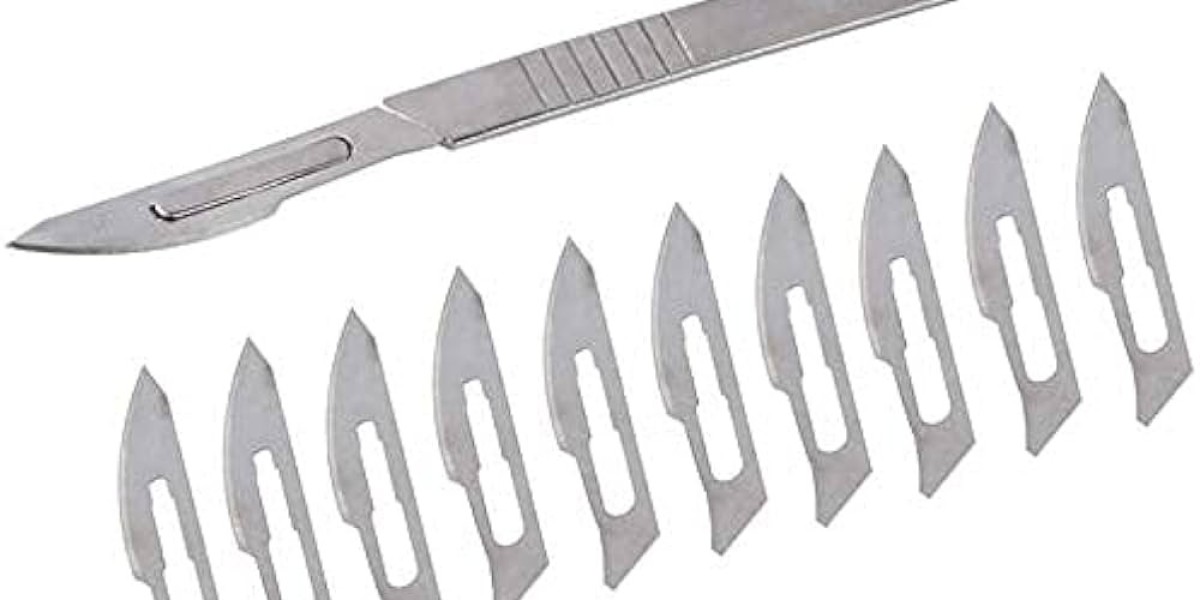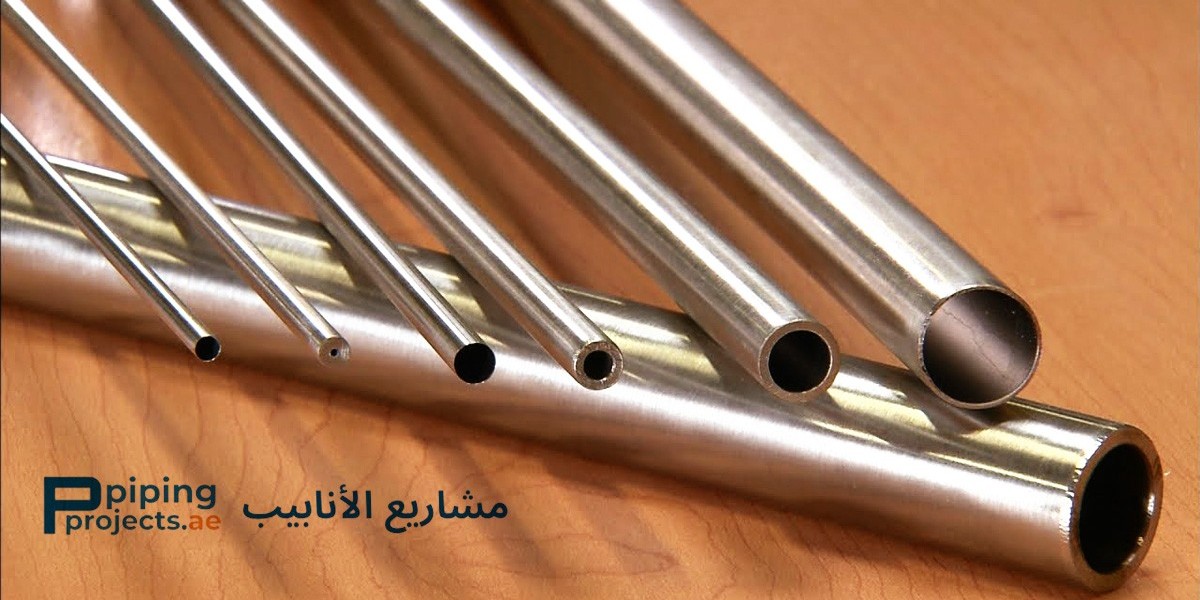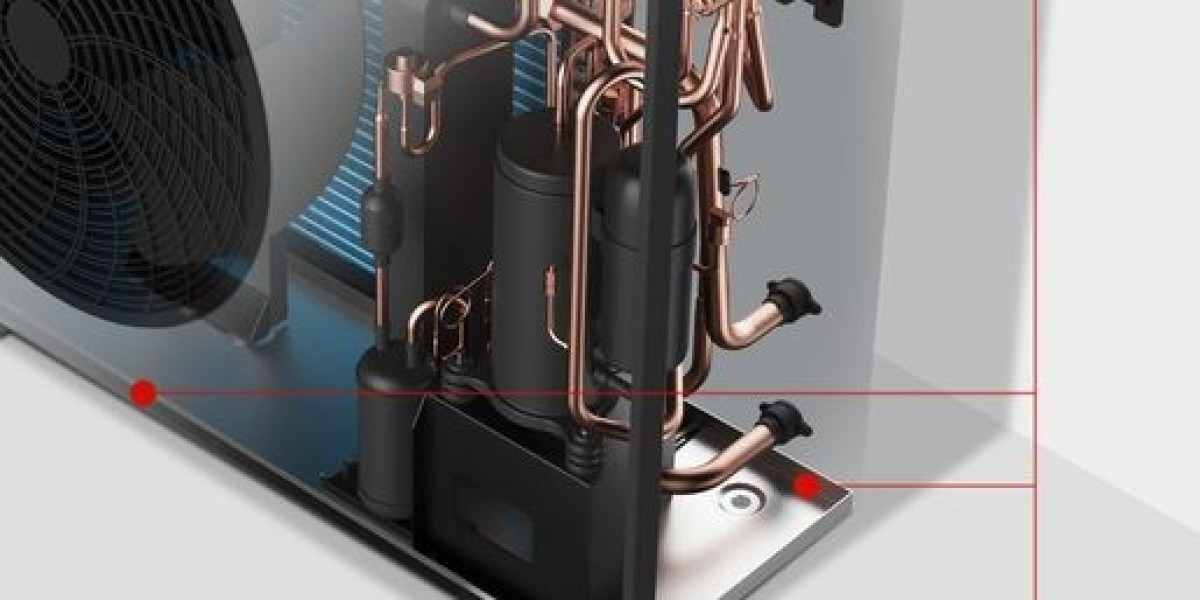Surgical blades have played a pivotal role in the history of medicine, evolving from rudimentary tools used by early civilizations to the highly specialized, precision instruments found in modern operating rooms. As medical knowledge has advanced, so too has the design and function of Surgical Blades. Today, these instruments are essential for performing delicate procedures with minimal tissue damage, helping to improve patient outcomes and reduce recovery times. This article explores the fascinating evolution of the surgical blade, highlighting key milestones in its development and how it has transformed over time to meet the needs of both ancient and modern medicine.
1. Ancient Surgical Tools: The Birth of the Blade
The history of surgical blades can be traced back thousands of years to some of the earliest human civilizations. Ancient surgeons, or healers, recognized the need for sharp instruments to perform basic surgical procedures such as trepanation, wound treatment, and amputation.
a) Egyptian and Mesopotamian Origins
The earliest known surgical blades were made from sharpened stones like flint or obsidian. Archaeological discoveries suggest that ancient Egyptian and Mesopotamian surgeons used these tools to treat wounds and perform rudimentary surgeries. Obsidian blades, known for their incredibly sharp edges, were used in trepanation (removing parts of the skull to relieve pressure), an early form of neurosurgery.
The Ebers Papyrus, an ancient Egyptian medical text dating back to around 1550 BCE, details the use of surgical instruments, including blades. These early blades may have been crude by modern standards, but they were effective enough to lay the groundwork for the future development of surgical tools.
b) Greek and Roman Surgical Advancements
The ancient Greeks and Romans made significant advancements in medicine, including the development of more sophisticated surgical instruments. Greek physician Hippocrates and Roman surgeon Galen were pioneers in using metal instruments like bronze or iron knives, which were more durable and precise than stone tools.
These early metal surgical blades were used for procedures such as bloodletting, amputations, and dental extractions. Roman military surgeons, in particular, relied on a variety of specialized blades to treat soldiers injured in battle, demonstrating the importance of surgical tools in early trauma care.
2. The Middle Ages and Renaissance: Refining Surgical Blades
The Middle Ages saw a decline in medical knowledge and surgical practices in Europe due to the influence of the Church and the belief in spiritual healing over medical intervention. However, surgical blades continued to be used, particularly by barber-surgeons, who performed bloodletting, tooth extractions, and minor surgeries.
a) Barber-Surgeons and Their Tools
Barber-surgeons were the primary practitioners of surgery during the Middle Ages. They used a range of surgical instruments, including simple metal blades for cutting, incising, and bloodletting. While their methods were often crude and their understanding of human anatomy limited, their use of blades for medical purposes kept the tradition of surgical instruments alive during this period.
b) The Renaissance and Medical Renaissance
The Renaissance marked a revival of scientific inquiry and advancements in medicine. Surgeons of this era, such as Andreas Vesalius, made groundbreaking discoveries in human anatomy and surgical techniques. This period also saw improvements in the materials and designs of surgical blades. By the late Renaissance, steel blades were becoming more common, offering greater durability and precision for complex surgical procedures.
With the rise of anatomy as a field of study, surgical blades became more refined and specific to certain procedures. The availability of high-quality metals allowed for the production of sharper, more reliable blades, which were essential for conducting dissections and surgeries with greater accuracy.
3. The Industrial Revolution: Mass Production and Sterilization
The 19th century brought about significant changes in both the manufacture and use of surgical blades, thanks to the Industrial Revolution. This period of rapid industrialization led to the mass production of surgical instruments, including blades, making them more accessible to doctors and surgeons.
a) Advances in Materials and Manufacturing
With advances in metallurgy and manufacturing processes, surgical blades became stronger, sharper, and more affordable. The introduction of stainless steel in the early 20th century was a game-changer for the medical field, as it allowed for the production of blades that were not only sharp and durable but also resistant to rust and corrosion. This innovation paved the way for modern surgical blades, which require a high level of precision and strength.
b) The Introduction of Sterilization Techniques
A major breakthrough in the evolution of surgical blades came with the development of sterilization techniques. Prior to this, infections were common after surgeries due to the lack of sterile instruments. The work of pioneers like Joseph Lister, who introduced antiseptic surgery in the 1860s, emphasized the importance of using sterilized tools to prevent infections. Surgical blades could now be sterilized through heat or chemical means, drastically reducing the risk of postoperative infections and improving patient outcomes.
4. Modern Surgical Blades: Precision and Specialization
Today, surgical blades have evolved into highly specialized instruments designed for specific medical procedures. Made from advanced materials such as stainless steel, carbon steel, and even ceramic, modern surgical blades offer unmatched sharpness and precision.
a) Disposable vs. Reusable Blades
One significant development in modern surgery is the use of disposable surgical blades. These blades are designed for single-use, ensuring sterility and reducing the risk of cross-contamination. Disposable blades are made from high-quality materials and are often sharper than their reusable counterparts. This has made them the preferred choice for many surgical procedures where sterility and precision are critical.
Reusable blades, on the other hand, are more common in settings where cost-effectiveness and sustainability are prioritized. These blades can be sterilized and reused multiple times, but they require proper maintenance to ensure their sharpness and effectiveness.
b) Specialized Surgical Blades
The field of surgery has become highly specialized, and so have the blades used in various procedures. For example:
No. 10 Blade: Commonly used for large incisions in general surgery.
No. 11 Blade: Features a pointed tip, used for precision cutting and punctures, often in vascular surgery.
No. 15 Blade: A smaller blade used in delicate procedures, such as ophthalmic surgery or plastic surgery.
No. 12 Blade: Hook-shaped, often used in ENT surgeries.
This specialization has allowed surgeons to perform highly intricate procedures with greater precision and minimal tissue damage.
5. The Future of Surgical Blades: Nanotechnology and Robotics
As technology continues to evolve, the future of surgical blades may involve even greater precision, with innovations like nanotechnology and robotic surgery playing a significant role.
a) Nanotechnology in Surgical Blades
Researchers are exploring the use of nanomaterials to create even sharper, more precise blades. These nanotechnology-enhanced blades could allow for smaller incisions, reduced bleeding, and faster recovery times.
b) Robotic-Assisted Surgery
Surgical robots, such as the da Vinci Surgical System, are already being used in operating rooms around the world. These systems allow surgeons to perform minimally invasive procedures with incredible precision, often using smaller, specialized blades controlled by robotic arms. This trend is likely to continue, pushing the boundaries of what is possible with surgical blades.
Conclusion
The evolution of the surgical blade from crude stone tools to the precision instruments used today is a testament to the progress of medical science. Surgical blades have transformed from basic cutting implements into highly specialized tools designed to minimize tissue damage and enhance surgical outcomes. As new technologies emerge, the future of surgical blades will likely involve even greater precision, enabling surgeons to perform complex procedures with unprecedented accuracy. Whether in ancient times or modern-day operating rooms, surgical blades remain indispensable in the practice of medicine, embodying the intersection of tradition and innovation.







